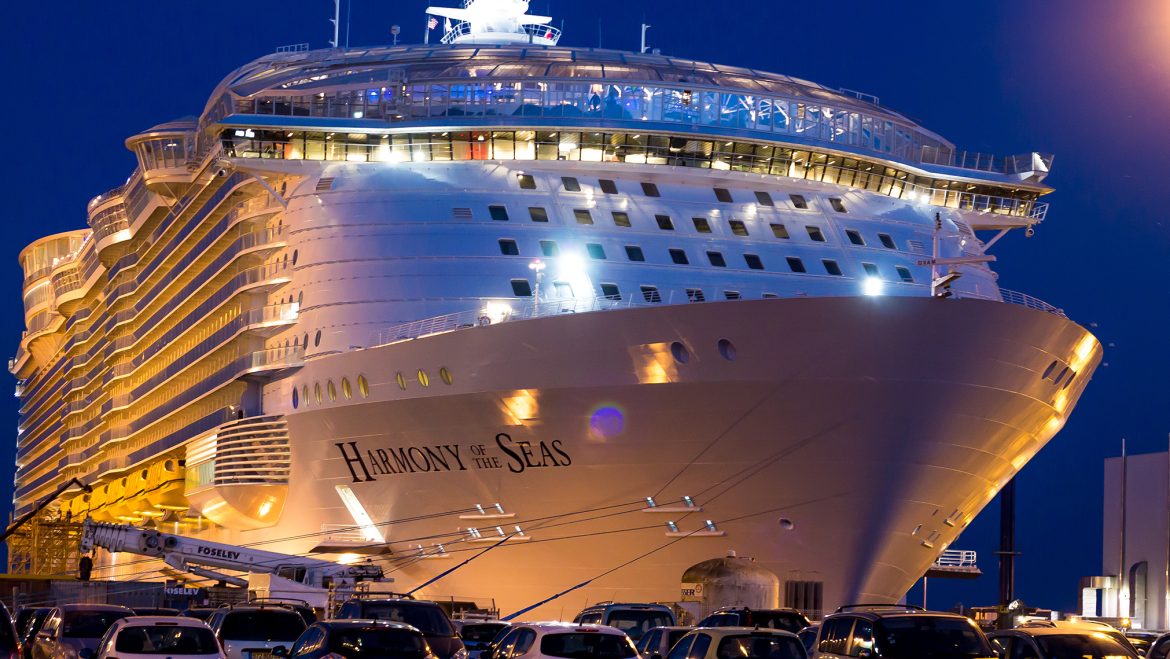In 2008, the International Maritime Organization (IMO) adopted the global sulphur gap requiring that all ships use marine fuels with a maximum sulphur content of 0,5 % by 2020. Only ships fitted with sulphur-cleaning devices would be allowed to continue burning high-sulphur fuel.
– We pulled the old scrubber files off the shelves and started revitalizing and redesigning the concepts. Over the years there has been a lot of interest in the Wärtsilä scrubbers and during the last two years, a huge increase in the scrubber volume.
– Of course, it has been fun ramping up so fast. It’s not something that happens too often.
The market consists mainly of the existing fleet. Once all the shipowners have installed scrubbers the market for retrofit scrubbers will disappear. The main factor in the existence of the market is the oil price. The higher the price, the more activity there will be regarding scrubbers.
The benefits of scrubbers for the climate are undeniable. Discussion on the wastewater that is discharged into the marine environment poses a different question. The various scrubber systems differ in the amount and the components of the wastewater. In addition to the scrubbers, Wärtsilä offers the option to clean the wash water before it goes overboard.
– By using heavy fuel oil on board and then scrubbing the wastewater, the energy of the oil is utilized as thoroughly as possible. There are not many alternative uses for the waste product, Jenssen explains. – Most studies we have seen indicate that scrubbers are a very good solution when we take a holistic view of the issue.
A scrubber for a tanker, bulker or some other relatively simple vessel costs from one to two million euros. For a cruise ship, the cost can be up to five million euros.
– The typical payback time is between one and three years. There are not many investments in the shipping industry where that sort of return is possible.



